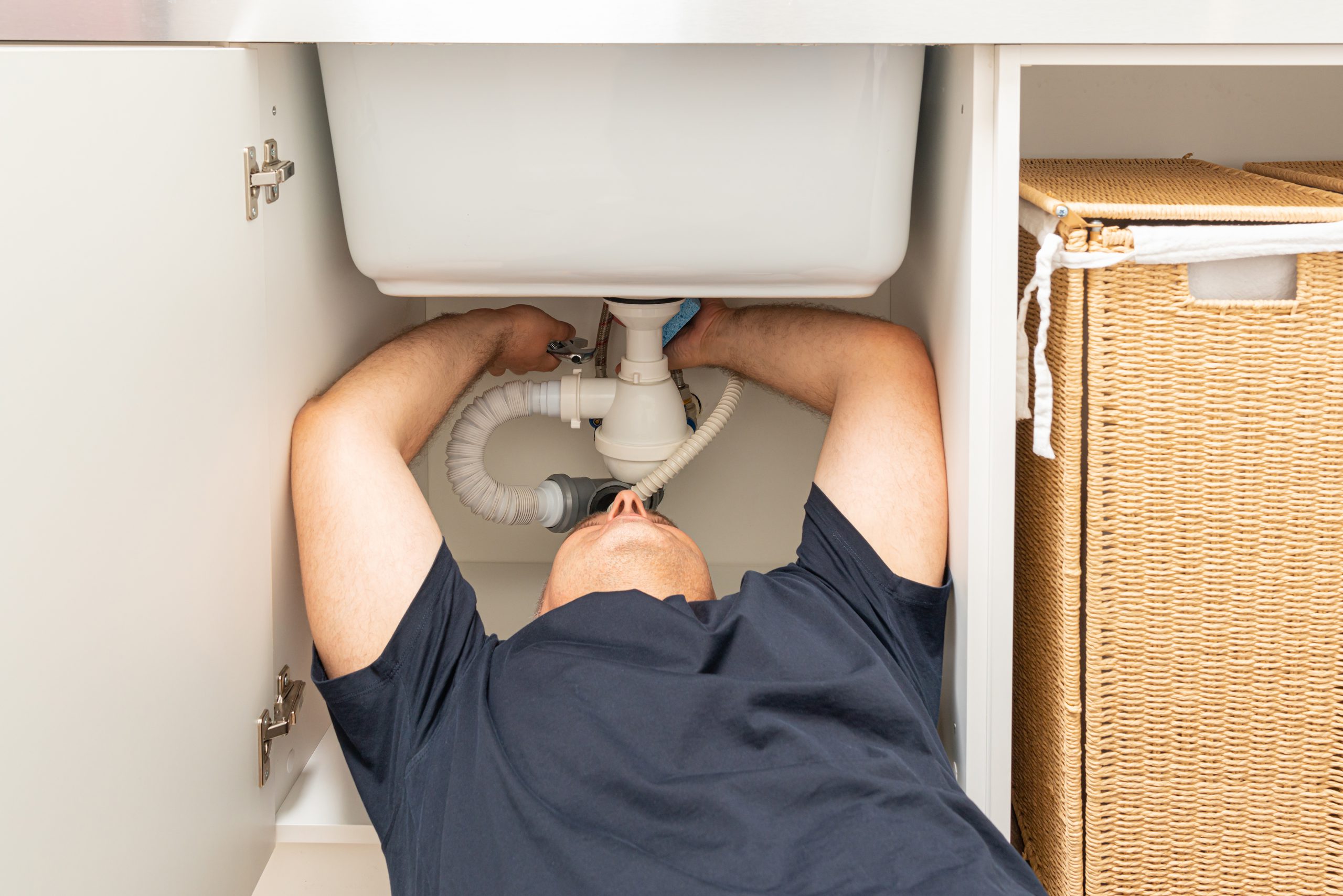
Maximizing the value of your home should be the top priority of every owner once they’ve decided it’s time to sell.
Your home is likely your greatest financial asset, and you should do everything within reason to achieve an outstanding sales result that will set you up for the next chapter in your life.
As an experienced agent, I know this is well understood by most of my clients, many of whom will go to exhaustive lengths to upgrade elements of their property before prospective buyers start pouring through the front door for viewings.
If you’re on a budget, you’ll be tempted to undertake some improvements yourself. That’s cool, but I’d caution you to stay in your own skills lane. Some owners can get themselves into trouble, and a contractor has to be called.
It’s no coincidence two of the most challenging areas to upgrade, the kitchen and bathroom, deliver the highest returns on investment.
If you’re a reasonable exponent of DIY, you might want to make some cosmetic improvements. But be cautious, especially when working on a bathroom. Its complexity shouldn’t be underestimated.
Pipes and waste
Don’t disconnect water pipes and waste. This is a role for a qualified plumber. You risk damage to your home if water gushes everywhere, and almost certainly, your insurance company won’t be paying out.
Shock treatment
Unless you’re an electrician, please don’t start playing with the wiring. Call in a qualified professional.
Waterproofing
A tiler will usually undertake the waterproofing of a bathroom once tiles have been knocked off the walls and floor. The act of waterproofing is no more complicated than painting a wall. The question is, what do you know about the material you’re using. A substance that isn’t up to the task will cause no end of structural damage later on.
Status quo
If you’re doing this work because you’re on a tight budget, don’t move the pipes. This is an expensive exercise that should be undertaken by a professional plumber only. By all means, install a new vanity or mirror, but leave those pipes alone.
Tap connections
Redirecting the water lines in a bathroom is not the province of a willing amateur. More than one DIY enthusiast has thought they’d connected the pipes to the outlets, sealed and tiled the wall and turned the faucet to find … nothing. Once again, call in a qualified plumber to make sure the job is done correctly.
